Industrial cameras are key components in machine vision inspection systems and are used in a wide variety of fields, especially for production monitoring, measurement tasks, and quality control. Industrial digital cameras are generally more rugged than regular standard digital cameras. This is because they must be able to cope with a variety of complex and changeable external influences, such as being used in harsh environments such as high temperature, high humidity, and dust. There are many classification forms of industrial cameras, the following are more commonly used:

1. Area scan camera: The area scan industrial camera uses the surface as the unit for image acquisition, and can directly obtain complete two-dimensional image information. Although the total number of pixels of area scan cameras is larger, the number of pixel units distributed to each row is less than that of line scan cameras, so the resolution and scanning frequency of area scan cameras are generally lower than those of line scan cameras. Area scan cameras can be used for area, shape, position measurement or surface quality detection, etc. Direct acquisition of two-dimensional graphics can reduce the complexity of image processing algorithms to a certain extent. In practical engineering applications, it is necessary to select according to engineering needs.
2. Line scan camera: Since the photosensitive element of the line scan camera is in the shape of "line", the collected image information is also linear. In order to collect complete image information, it is often necessary to cooperate with the scanning motion. Such as collecting images of materials such as metals and fibers moving in a uniform straight line. The line array image sensor is mainly CCD, and some line array CMOS image sensors have appeared in the market, but the line array CCD is still the mainstream. At present, the scheme of image acquisition by trap-array CCD and scanning motion is widely used, especially when a large field of view and high image resolution are required.
3. Black and white camera: The output image is black and white, which is a black and white industrial camera. When the light hits the photosensitive chip, the photon signal will be converted into an electronic signal. Since the number of photons is proportional to the number of electrons, a black-and-white image that reflects the intensity of light can be formed by mainly counting the number of electrons. After being processed by the microprocessor inside the camera, the output is a digital image. In a black and white camera, the color information of the light is not preserved.
4. Color industrial camera: The output image is a color industrial camera. In fact, the CCD cannot distinguish the color, and can only feel the strength of the signal. In this case, in order to collect color images, in theory, a beam splitting prism can be used to divide the light into optical three primary colors (RGB), and then three CCDs are used to perceive the intensity separately, and it is best to combine them together. This solution is theoretically feasible, but the cost of using 3 CCDs and a beam splitter increases sharply. The best way is to use only one CCD to output various color components. However, false colors appear in the details of color images, resulting in reduced accuracy.
In industrial applications, if what we want to deal with is related to the color of the image, then we need to use a color camera; if your test object does not need to check the color difference, a black and white camera will be a better choice, especially for object surface detection, by black and white The accuracy and detail of the images captured by the camera is usually much higher than that of the color camera. Black and white cameras are more accurate than color cameras at the same resolution.
TECHNICAL SOLUTION
MORE+You may also be interested in the following information
FREE CONSULTING SERVICE
Let’s help you to find the right solution for your project!


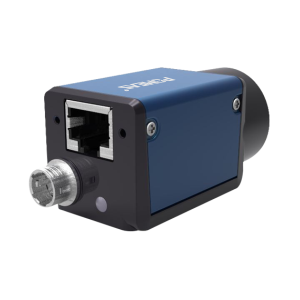
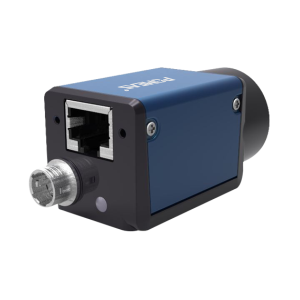
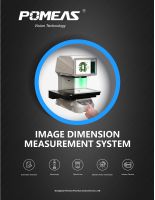

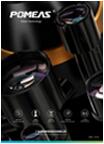
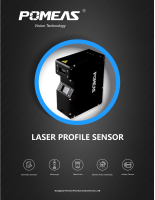
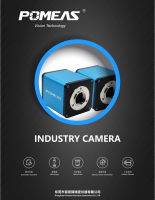
 ASK POMEAS
ASK POMEAS  PRICE INQUIRY
PRICE INQUIRY  REQUEST DEMO/TEST
REQUEST DEMO/TEST  FREE TRIAL UNIT
FREE TRIAL UNIT  ACCURATE SELECTION
ACCURATE SELECTION  ADDRESS
ADDRESS Tel:+ 86-0769-2266 0867
Tel:+ 86-0769-2266 0867 Fax:+ 86-0769-2266 0867
Fax:+ 86-0769-2266 0867 E-mail:marketing@pomeas.com
E-mail:marketing@pomeas.com
